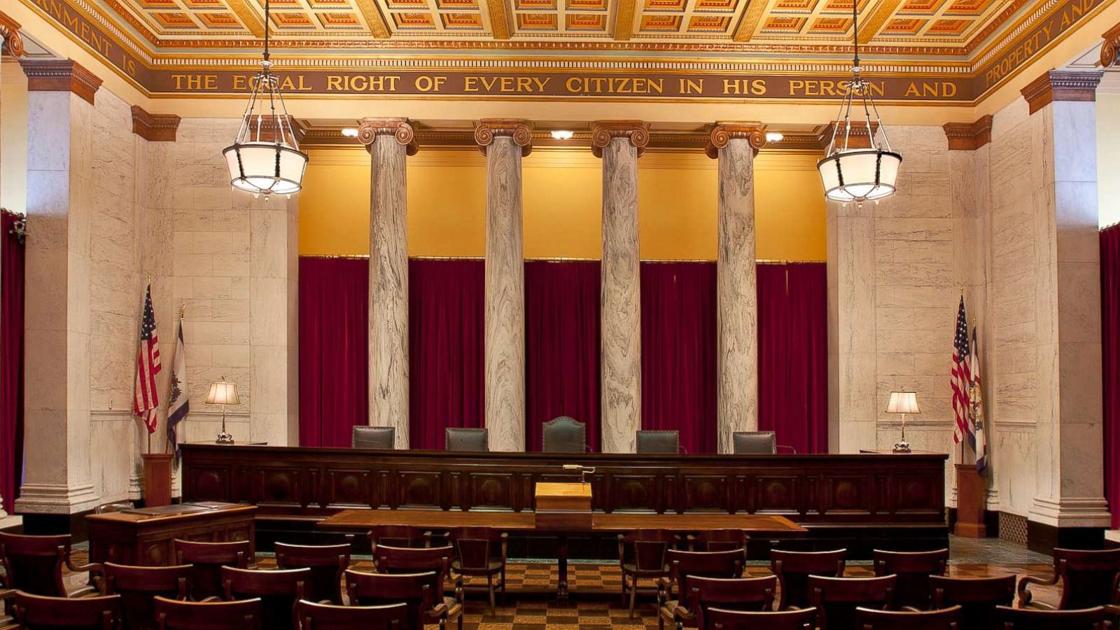By Olivia Yin
The confirmation of Justice Amy Coney Barrett to the Supreme Court has Democrats in a frenzy. No one is sure what this might mean for the future of the Supreme Court. So far, Barrett has been in favor of very conservative Republican views.
The controversy around her nomination and confirmation when voting has already begun has raised questions about the necessity of lifelong appointments to the Supreme Court.
In the U.S.’s current Supreme Court, there are nine seats. They are given lifetime appointments in office to ensure no political pressure to make a wrongful decision in order to keep their position. It was installed as a check and balance in our government.
The Justices “shall hold their offices during good behavior” as stated in Article III Section 1 of the U.S. Constitution. This means that the only way the Justices can be removed is if they are impeached by the Senate or President due to corruption or other bad behavior. Only 15 federal judges have ever been impeached. It is very difficult to remove them when the nominating party has a majority in the Senate or the Supreme Court.
For example, many tried to impeach Samuel Chase who was an open Federalist appointed by George Washington who held anti-Democratic views against Thomas Jefferson. However, he continued to serve in the Court until his death.
With the longevity of lifespan now, many Supreme Court Justices can stay on the Court for more than three decades. The meaning of “for life” is different now than it was when that law was first made. Therefore, the Supreme Court Seats should not be a lifetime position. This provides too many possibilities for unfair majorities in the Court that could make decades of decisions that don’t reflect the views of the majority of America.
People who support this system insist that the judiciary is “in continual jeopardy of being overpowered, awed, or influenced by its coordinate branches” and “nothing can contribute so much to its firmness and independence, as permanency in office.” This was in fact stated by Alexander Hamilton in the Federalist No. 78. He pushed that if the justice system was not for life, then the Justices would subject themselves to the will of the President. Their decisions would be swayed.
However, other countries are able to keep corruption from their justice systems without holding seats for life. For example, the United Kingdom and Australia have an age limit of 70 for their Justices. This does not force their justices to corrupt their views for the Prime Minister. For Canada, the limit is 75, and in India, 65. This still gives the Justices plenty of time to make impartial decisions without having a monarchical hold on the Supreme Court decisions.
The Supreme Court seats should not be for a lifetime; the rigidness of this system can be used corruptly whether held by Democrats or Republicans. I am afraid for what this could mean if one party gets a majority of the court; it means it could last for decades. That is a dangerous possibility.
Instead, maybe our country should consider term limits like other countries have, that will not impose a risk of corruption but will make it harder for one party to maintain a stranglehold our Supreme Court and defy the will of the people.






Be First to Comment